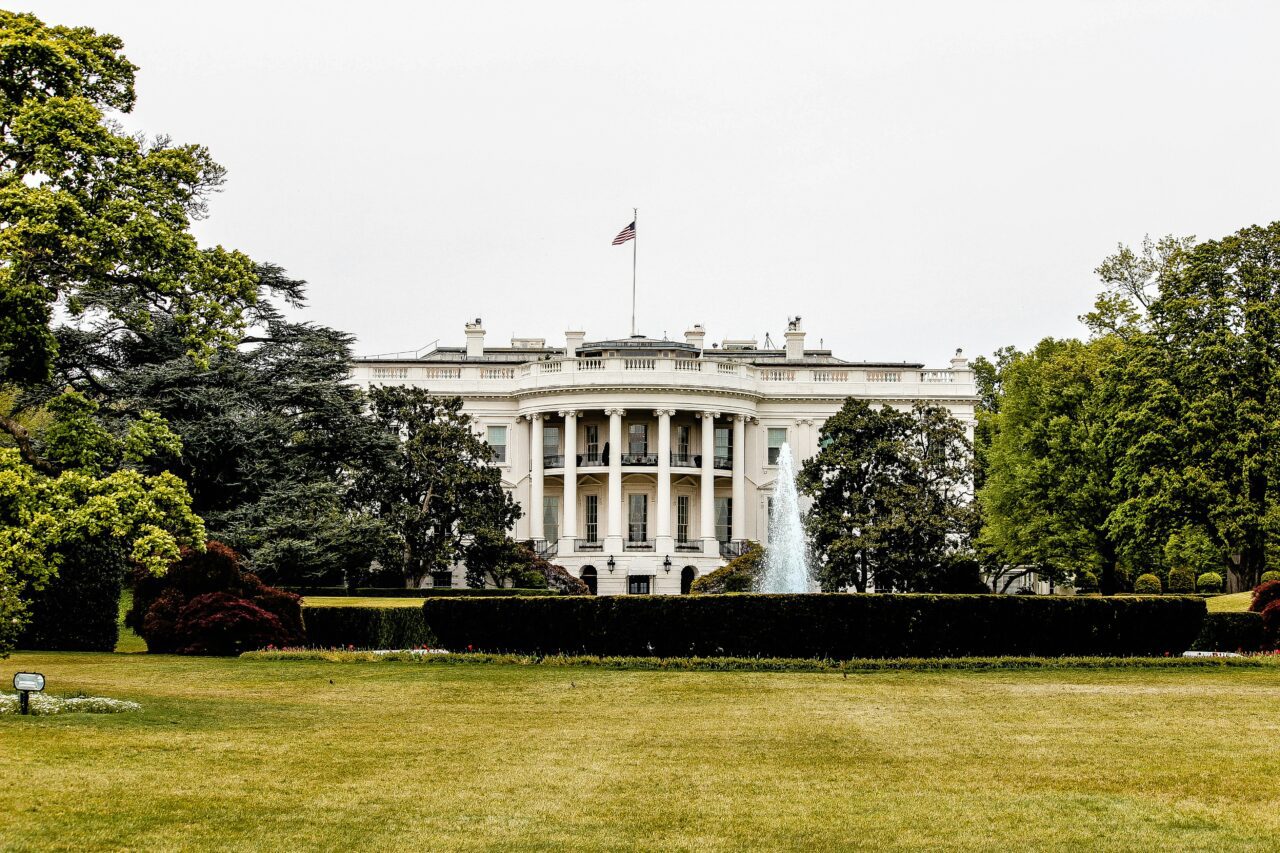
Is anyone else having difficulty keeping up with all of the changes that have taken place since the new administration took office last month? Over the course of the last 18 days, sweeping shifts have reshaped regulations, agency leadership, and key financial policies— creating both uncertainty and opportunity for businesses navigating this evolving landscape.
While many of these changes will have broad implications for U.S. citizens and organizations operating in the country, I’ve distilled the most significant updates on the White House’s website impacting financial services. Below, I break down the four most critical developments that banks, fintechs, and other financial institutions need to watch closely.
Imposing a regulatory freeze
On January 20, President Trump signed an executive order to halt new rulemaking and review pending regulations across federal agencies. It also calls for the withdrawal of any rules that have been sent to the Office of the Federal Register but not published yet. The administration plans to use the pause to reassess both existing and proposed regulations so that they align with its policy objectives.
For banks and fintechs, this makes it challenging to prepare for future regulatory requirements. It may impact firms’ compliance timelines and will likely confuse financial services companies’ strategic planning efforts.
Strengthening hold on digital assets
On January 23, President Trump issued an executive order titled “Strengthening American Leadership in Digital Financial Technology.” The order prohibits the establishment of US central bank digital currencies (CBDCs). It also establishes a working group to propose a regulatory framework for digital assets within 180 days and allows individuals and entities to access and use open public blockchain networks.
This may present opportunities for banks and fintechs to engage in the stablecoin economy, especially when it comes to cross-border transactions and digital payments. Additionally, governmental protection of an open blockchain may spark the creation of new blockchain-based products and services.
Removing barriers to AI
Also on January 23, President Trump issued an Executive Order titled Removing Barriers to American Leadership in Artificial Intelligence that aims to enhance the US’s position in AI. The order removes existing AI policies and directives that are considered barriers to innovation. Within 180 days, officials are tasked with creating a plan to sustain and enhance America’s global AI dominance.
This emphasis on reducing regulatory barriers may lead to both banks and third party fintechs adopting AI technologies at a faster rate. However, as AI is a double-edged sword, the relaxed regulatory environment may create uncertainty as organizations wait for new guidelines to develop.
Implementing the DOGE workforce optimization initiative
On February 11, President Trump issued an Executive Order titled Implementing The President’s ‘Department of Government Efficiency’ Workforce Optimization Initiative, which intends to streamline the federal workforce and enhance operational efficiency. Controversially, the order gives Elon Musk and his team direct access to data held at the US Treasury Department. As a result, a coalition of more than a dozen US states is planning to file a lawsuit to block access in order to protect the personal data of US citizens.
By reducing staffing at federal agencies that oversee financial institutions, the order may impact the efficiency and thoroughness of regulatory examinations and compliance enforcement. The instability could also cause uncertainty for banks, disrupting strategic planning and compliance efforts.
Other actions
There are two other actions not yet listed on the White House’s official news release page, but each is significant.
Earlier this week, the Associated Press unveiled that the Trump administration ordered the Consumer Financial Protection Bureau (CFPB) to suspend all of its activities. Finovate Analyst David Penn reported on the details of the situation, including what the CFPB can still do and who may take over the agency if it continues to exist.
Today, the Wall Street Journal exclusively reported that the Trump administration is also considering folding the FDIC into the Treasury Department. Experts cited that this is unlikely to transpire, however, as Congress is unlikely to pass such a measure. “This idea would pose an enormous risk of terrifying Americans about the safety of their deposits and triggering bank runs,” Former Federal Regulator Patricia McCoy told CNN.
Photo by René DeAnda on Unsplash